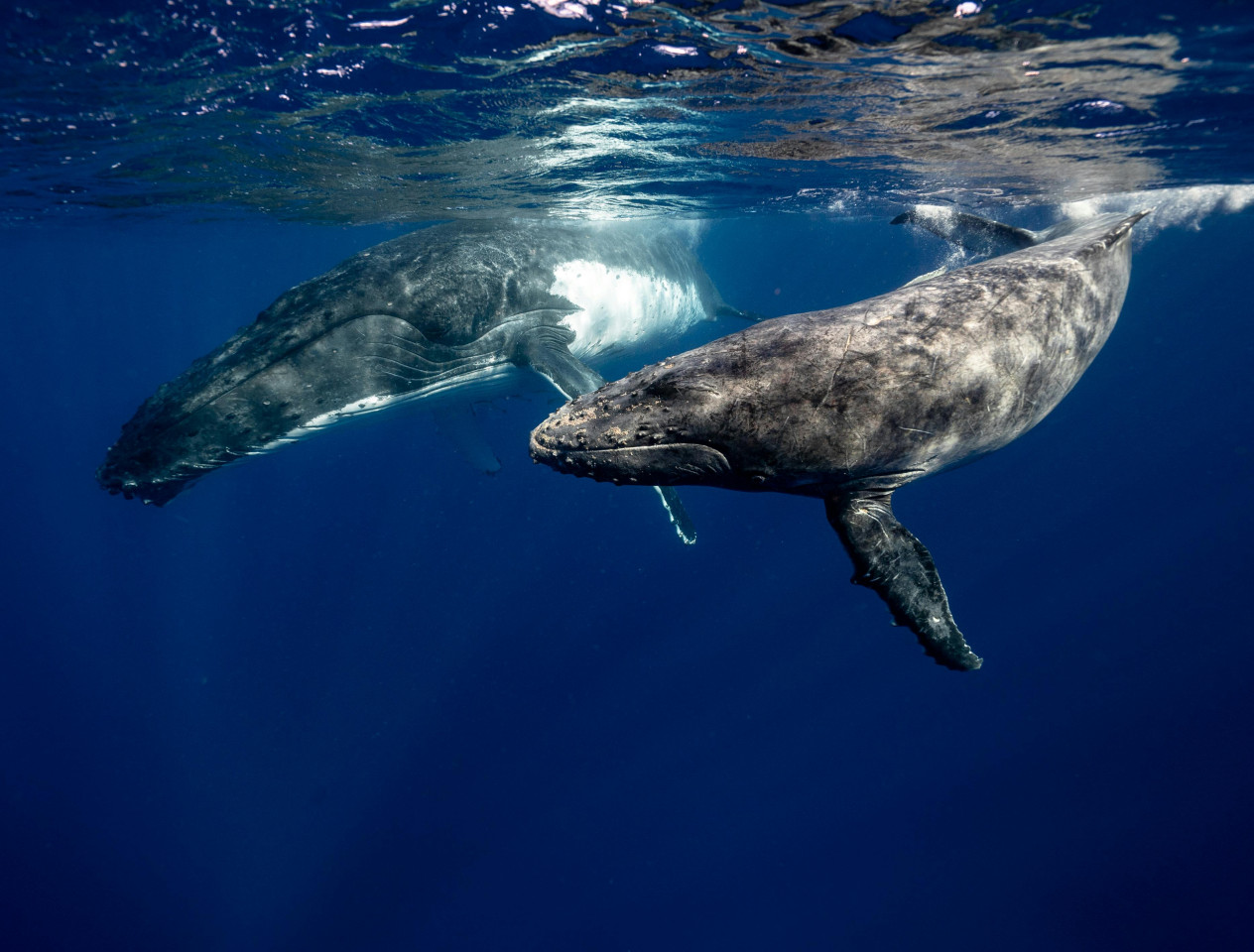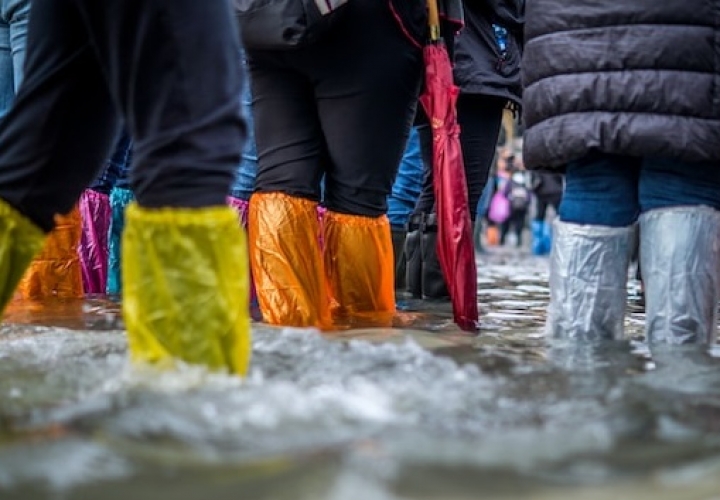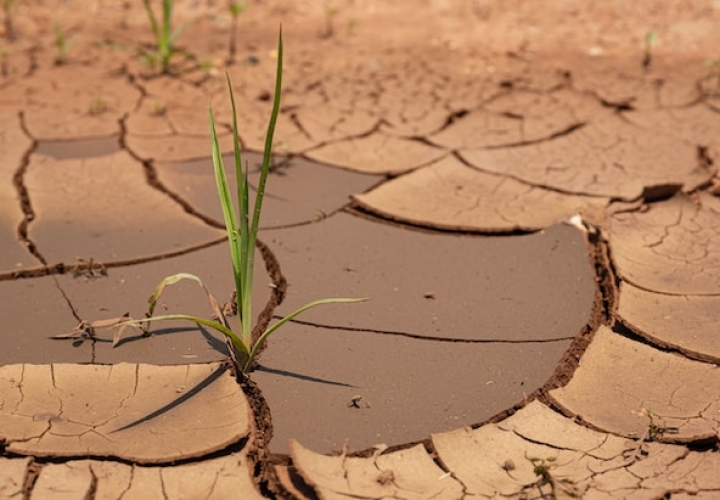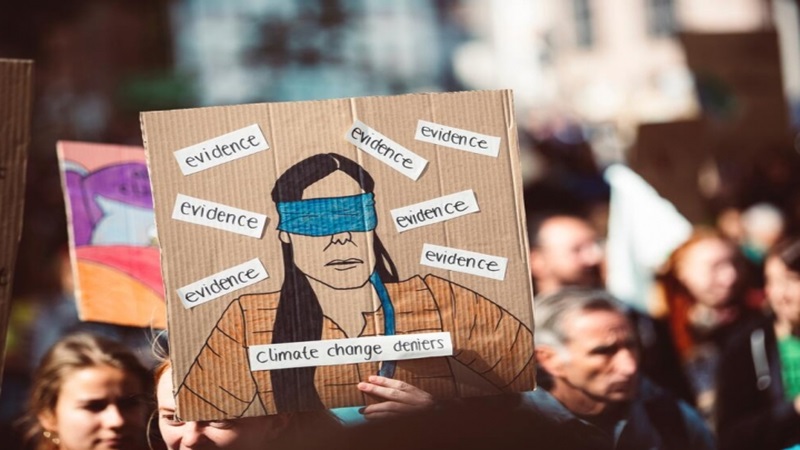The ocean and coastal ecosystems are important carbon sinks. A carbon sink is a natural or man-made reservoir that uses physical and biological processes to absorb and store carbon from the atmosphere.
A circular economy is an economic model of production and consumption of goods which involves any of the aspects – Reduce, Reuse, Recycle and Remanufacture.
Floods are becoming ever more prevalent due to global climate change. In Europe, 4 million people were impacted by flooding between 2010 and 2020, with nearly a thousand people losing their lives and five thousand losing their homes.
Rare innovations have revolutionized the way we connect, discover, and experience the world quite like air travel. Throughout history, aviation has connected people, countries, and continents while changing the fabric of our global society.
Once upon a time, in a world woven with threads of magic and mystery, there existed a great challenge named Climate Change. Hidden beneath the grand tapestry of life, this enigmatic force cast its shadow over communities and individuals, leaving behind stories that transcended time and space.
Bangladesh, a densely populated country located in South Asia, is facing an unprecedented challenge – climate change.
As the global climate crisis intensifies, no continent bears the brunt of its consequences more acutely than Africa. From rising temperatures to extreme weather events, the impact of climate change on communities and people across the continent is undeniable.
Climate change is impacting Sub-Saharan Africa in a multitude of ways, bringing stressors such as flooding, drought, and windstorms.
Climate change? Does it need an introduction when it's on the verge of Climax?












